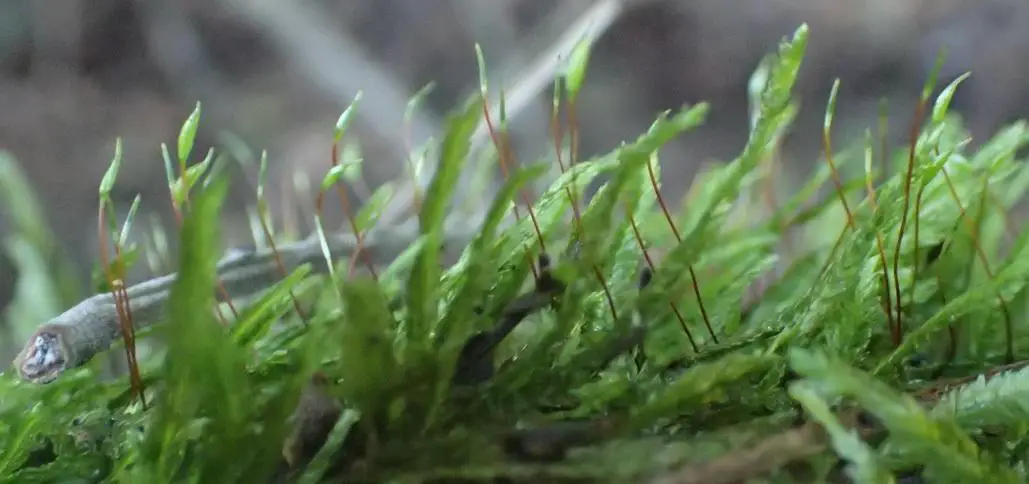
original.jpg from: https://www.gbif.org/es/species/2673552
Rhynchostegiella zeyheri: The Remarkable Moss of the Brachytheciaceae Family
Introduction
Mosses may be small, but they play a big role in ecosystems around the world. One particularly fascinating species is
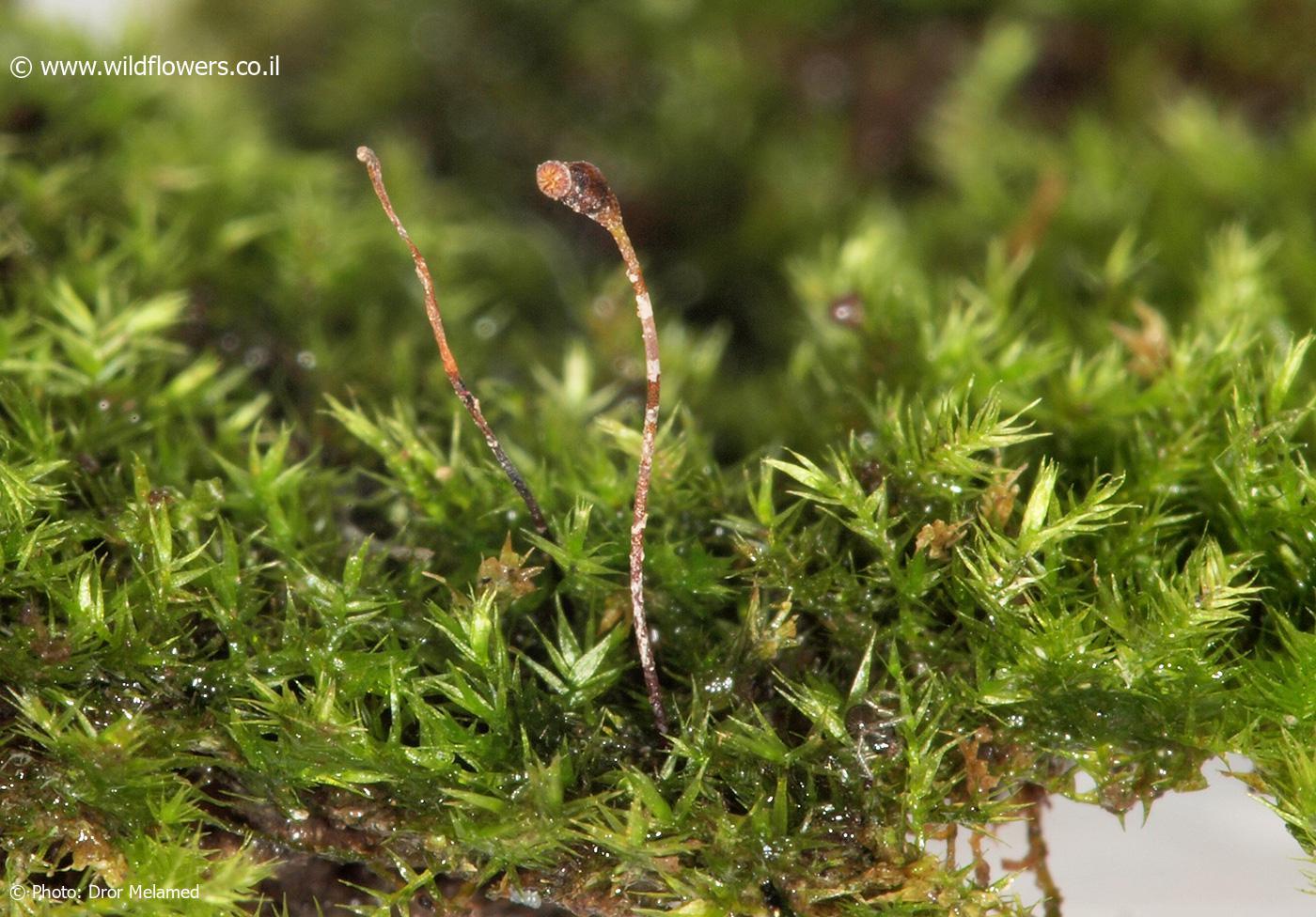
3404-l-1.jpg from: https://www.wildflowers.co.il/hebrew/picture.asp?ID=21913
Rhynchostegiella zeyheri (Spreng. ex Müll.Hal.) Broth., a moss in the Brachytheciaceae family. Also known simply as Rhynchostegiella, this diminutive plant packs some impressive adaptations. Let’s take a closer look at this marvelous moss!
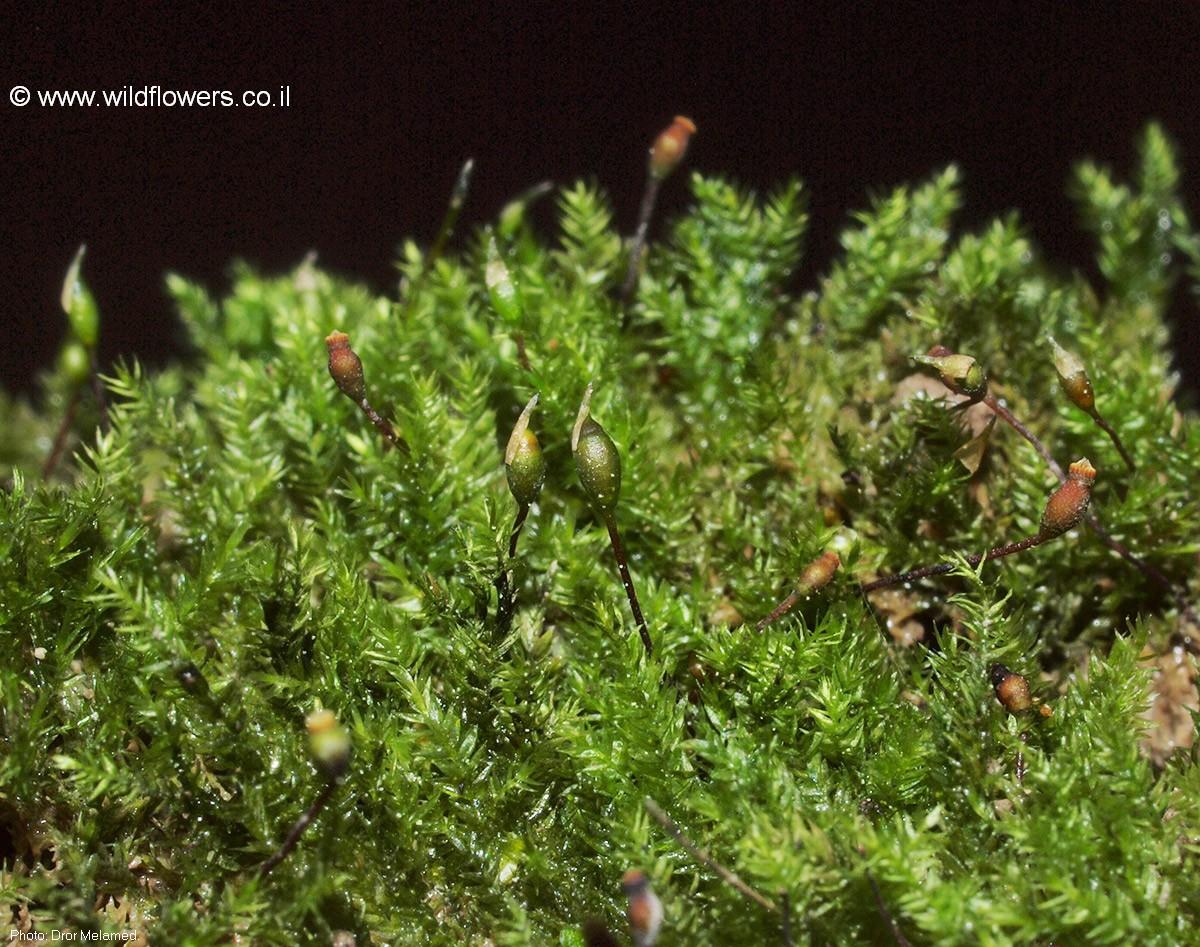
3177-l-1.jpg from: http://www.wildflowers.co.il/hebrew/picture.asp?ID=18344
Background
Rhynchostegiella zeyheri is classified in the division Bryophyta and class
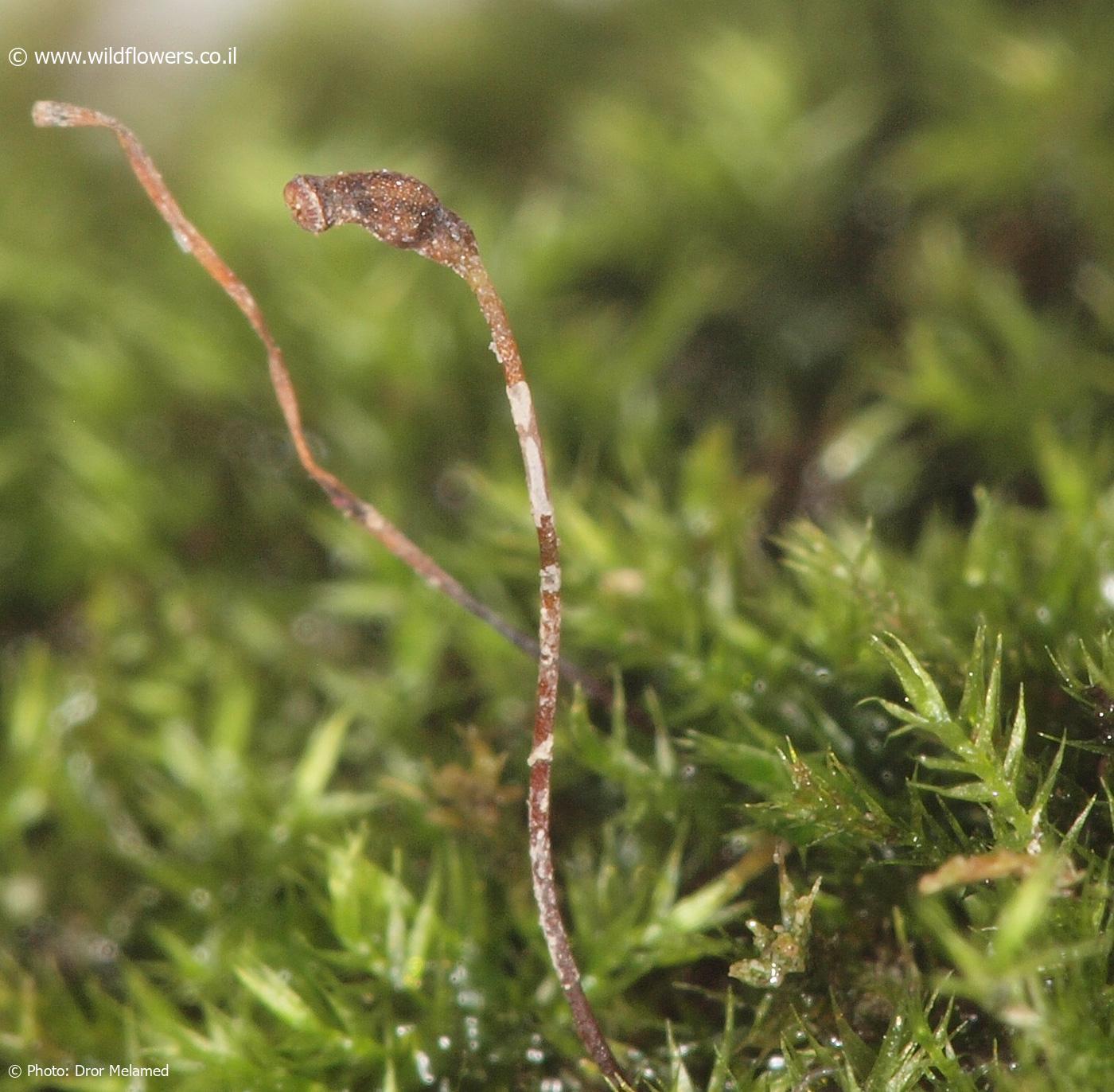
3404-l-2.jpg from: https://www.wildflowers.co.il/hebrew/picture.asp?ID=21914
Bryopsida. The species name “zeyheri” honors German botanist Johann Michael Zeyher. Mosses lack true roots, stems, and leaves, instead having structures that serve similar functions. They reproduce via spores rather than seeds.
Morphology and Identification
R. zeyheri forms small tufts or mats, with individual shoots reaching about 1 cm tall. The phyllids (leaf-like structures) are ovate-lanceolate and taper to a fine point. A key identifying feature is the single, strong costa (midrib) that extends 1/2 to 3/4 the length of the phyllid.
The seta (stalk bearing the capsule) is reddish and 5-12 mm long. Capsules are inclined to horizontal, ovoid-cylindrical, and slightly curved. Spores are 10-14 μm in diameter.
Global Distribution and Habitat
This species has a scattered global distribution, found in Europe, Asia, Africa, and the Americas. It grows on tree trunks and branches, rocks, walls, and sometimes soil, generally in damp, shaded locations at low to moderate elevations.
Ecological Roles and Adaptations
Like other mosses, R. zeyheri plays important roles in its ecosystems:
- Helps retain moisture and prevent erosion
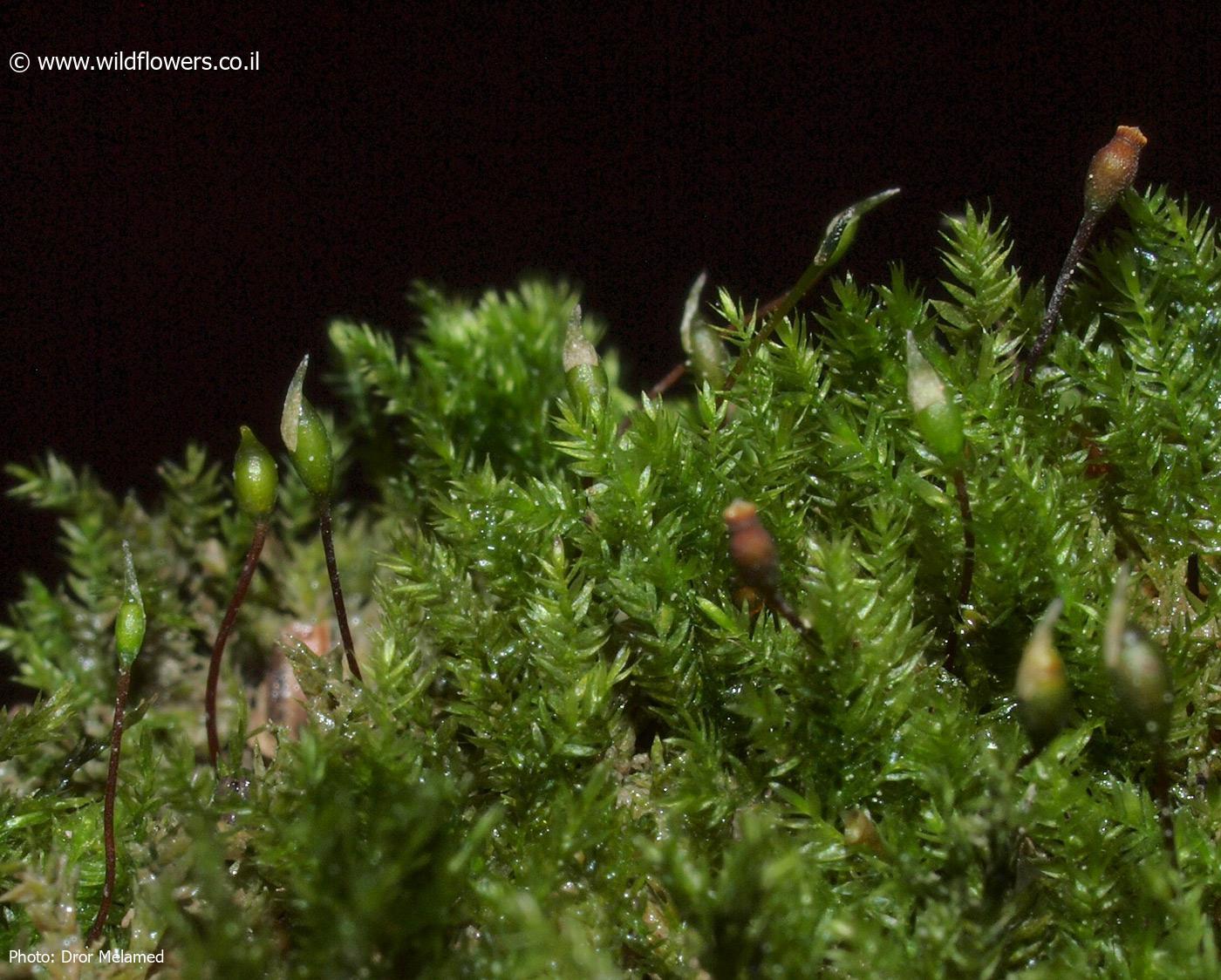
3381-l.jpg from: https://www.wildflowers.co.il/hebrew/picture.asp?ID=21543
- Provides shelter and habitat for micro-organisms and small invertebrates
- Pioneers the colonization of bare substrates
Some key adaptations allow it to thrive:
- Poikilohydry: Ability to survive desiccation by suspending metabolic activity when water is scarce
- Ectohydry: External water transport along surfaces, enabling efficient water uptake
- Desiccation tolerance: Proteins and sugars protect cell structures during drying
Conclusion
Rhynchostegiella zeyheri may be an unassuming moss, but it exemplifies the remarkable adaptations and ecological importance of bryophytes. For a plant often overlooked, it has some amazing abilities! Next time you see some small moss growing on a tree or rock, take a closer look – it just might be the mighty little Rhynchostegiella making its living. What other secrets might these miniscule plants be hiding?